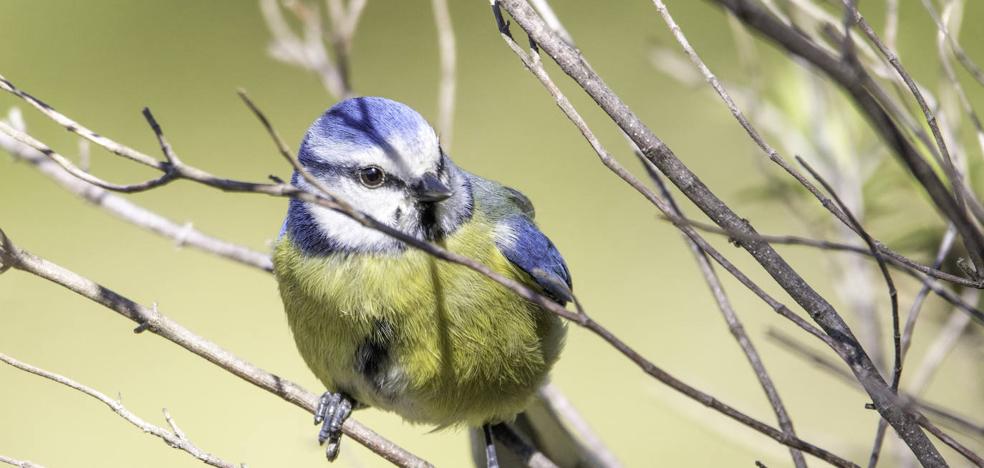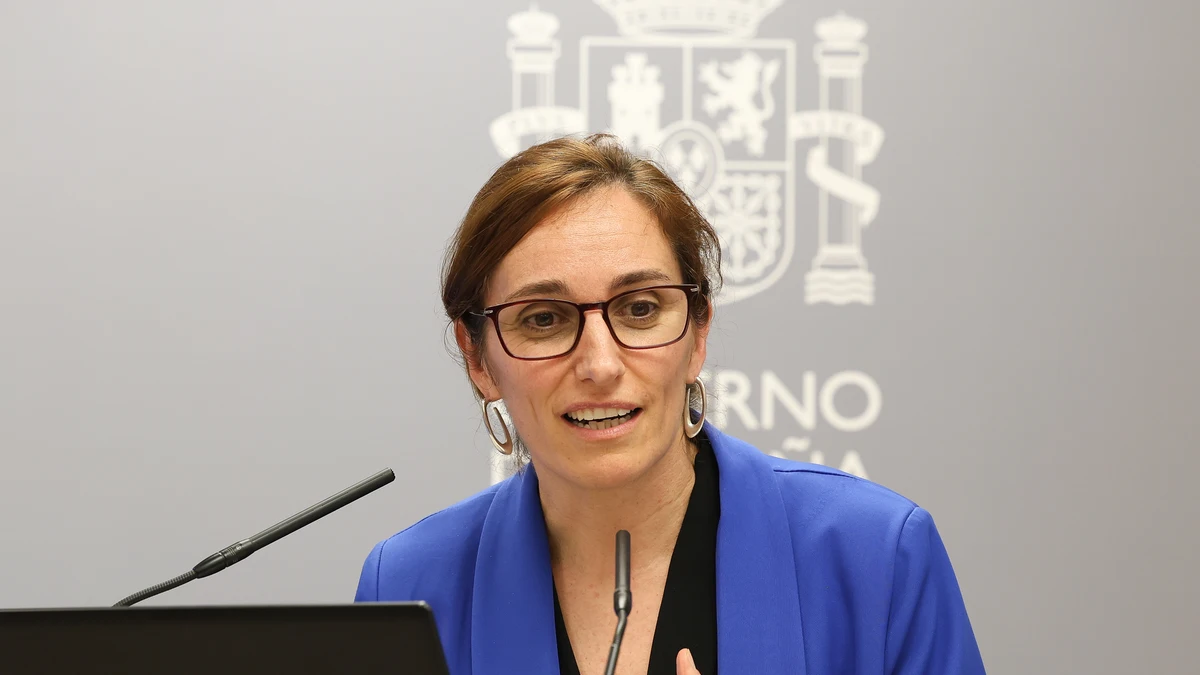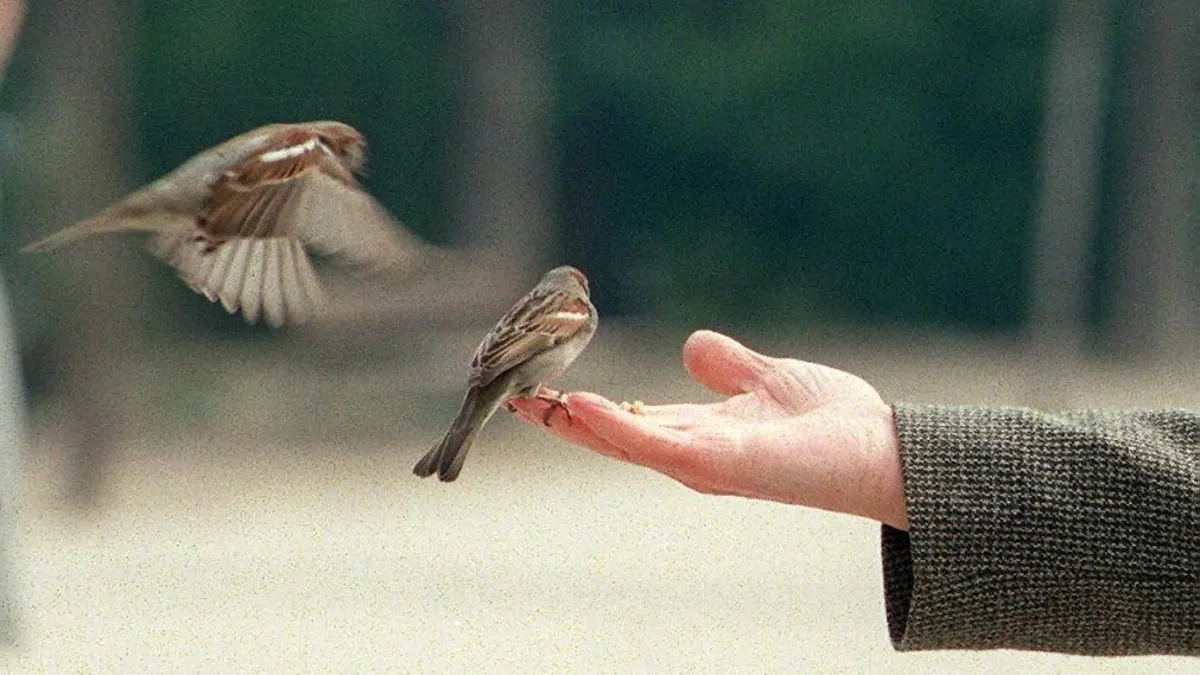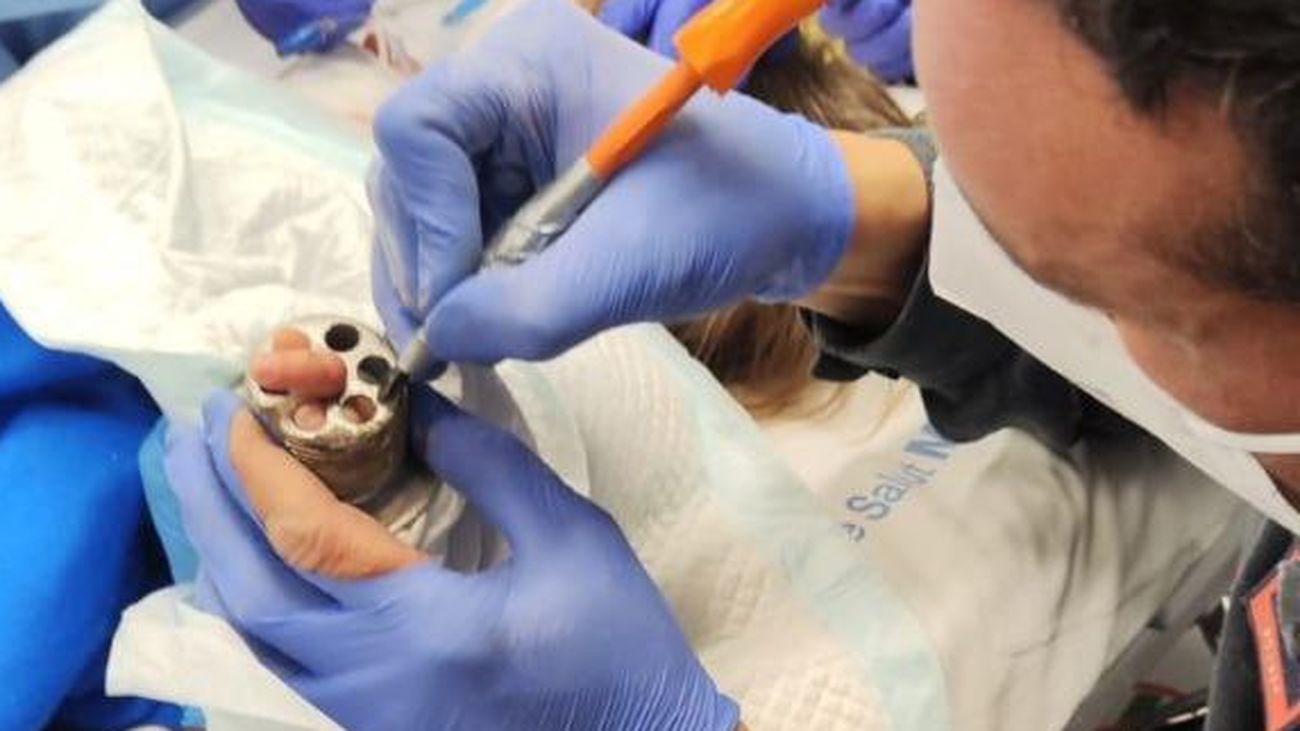The blue tit pales | Canary Islands7

Blue tit, with its characteristic color. /
A study suggests that the bird's colorful plumage is fading by 15% due to rising temperatures, a phenomenon attributable to climate change
The blue tit is one of the most colorful birds in Europe. Measuring 11.5 centimeters from beak to tail, it stands out for its striking plumage, with a blue crown and yellow breast. Characteristics that in a few years it is in the process of losing, or at least they might not be so showy, which would affect its survival. And the blame for this move is none other than climate change.
This is the conclusion of a fifteen-year study carried out in the south of France by scientists from the University of the Basque Country and the Center d'Écologie Fonctionnelle et Évolutive de Montpellier (CEFE-CNRS). An investigation, published in 'The American Naturalist', in which David López-Idiáquez has participated. "It was a very suitable species for our study on ornamentation due to its color traits and because there was data on the coloration of its feathers," explains the Basque biologist. Specimens from the Montpellier area and northwestern Corsica were monitored and captured each year between 2005 and 2019, coinciding with the breeding stage, between May and the end of June. The researchers thus obtained more than 5,800 observations on its characteristics and verified that in fifteen years the intensity of the coloration of the blue tit "has been reduced by an average of 15%".
“We studied whether this decrease occurred at the genetic level and we found that it did not, which indicates that it is probably an adaptation of individuals to environmental conditions. The next step was to study how it correlated with temperature and precipitation. There we saw that in Corsica there was an association. This, added to the fact that the climate there has become hotter - with a rise of 1.23º C and drier in summer - has led us to suggest that it could be a consequence of climate change," says López-Idiáquez.
The researchers believe that the loss of color occurs indirectly, due to the lower abundance of food or because it is of poorer quality, among other causes, due to the rise in temperature. “This can influence the amount of energy the bird puts into ornamentation. A priori, these traits are expensive. They consume a lot of resources. Having more color is more expensive.
The less intensity in the color is more than an aesthetic change. “Both the blue crown and the yellow chest indicate the quality of individuals in all contexts. For example, in females when choosing a mate and in males when they compete for resources such as food. Since these ornaments fulfill important functions in the communication systems of these birds, the changes can have serious consequences. "It has not been studied, but it could affect the survival of populations or how they adapt to environmental changes."










